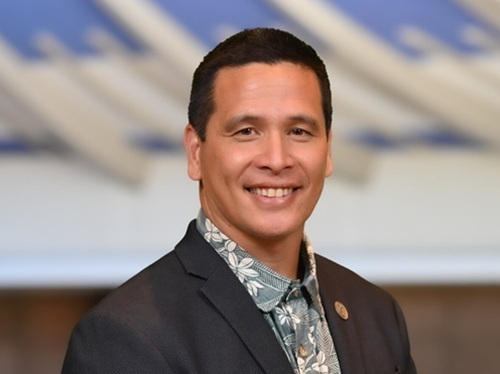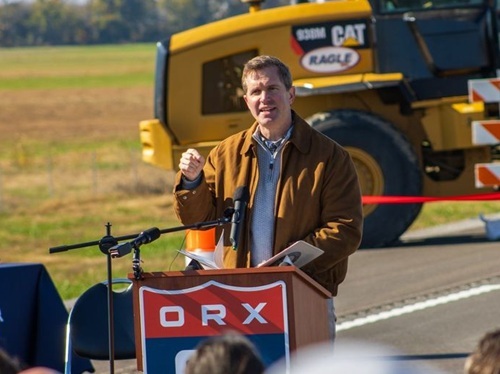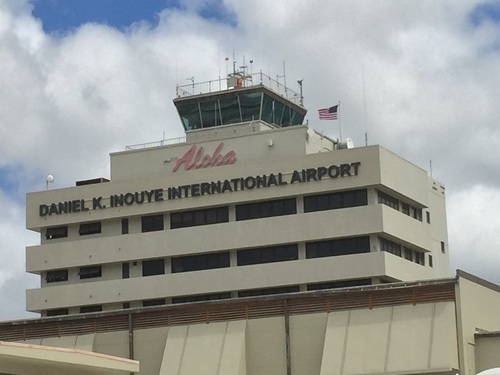In October, the Hawaii Department of Transportation celebrated the Daniel K. Inouye International Airport’s successful renewal of its Level 3 Airport Carbon Accreditation or ACA, reaffirming its leadership in sustainable aviation.
[Above photo by Hawaii DOT]
For the second consecutive year and five years ahead of schedule, the airport continues to exceed its 2030 goal of reducing airport-controlled carbon emissions per passenger by 50 percent from 2009 levels.
It also continues to advance clean transportation through the pilot deployment of autonomous electric shuttle buses, the replacement of fleet vehicles with electric vehicles or EVs and the installation of additional EV charging stations serving operational areas.

“Hawaii’s airports are demonstrating what electrified transportation leadership looks like,” said Hawaii DOT Director Ed Sniffen in a statement. “Through collaborative efforts with our airport partners, the Daniel K. Inouye International Airport is demonstrating how electric infrastructure can support ground and air operations, while remaining affordable and reducing emissions.”
[Editor’s note: In coordination with the launch of the second segment of the city’s Skyline rail service in mid-October, which includes a station at the Inouye airport, Hawaii DOT also highlighted a range of modifications to the airport’s ground transportation operations.]
Administered by Airports Council International, the ACA program is the only global standard for carbon management in the airport industry, Hawaii DOT noted – and the Level 3 designation recognizes airports that have significantly reduced emissions within their control.
To ensure accuracy and transparency, the emissions inventory is independently audited by a third-party verifier under the ACA program, the agency said.
Hawaii DOT said it has “actively engaged” with partners such as airlines, ground handlers, and tenants in collective carbon reduction initiatives. That includes engaging in ongoing sustainability efforts such as the deployment of solar panels, as well as active collaboration with federal, airline and concession partners to lower emissions from all aspects of airport operations.
These efforts are saving money, improving efficiency, and reducing air pollution — benefiting travelers, employees, and the surrounding community, while protecting Hawaii’s environment, the agency noted.
Hawaii DOT added that it remains committed to achieving net-zero airport-controlled carbon emissions by 2045, in alignment with the state “zero emissions” targets.
 States
States
Wisconsin DOT Unveils Newly ‘Modernized’ Rest Area
November 7, 2025 States
States

